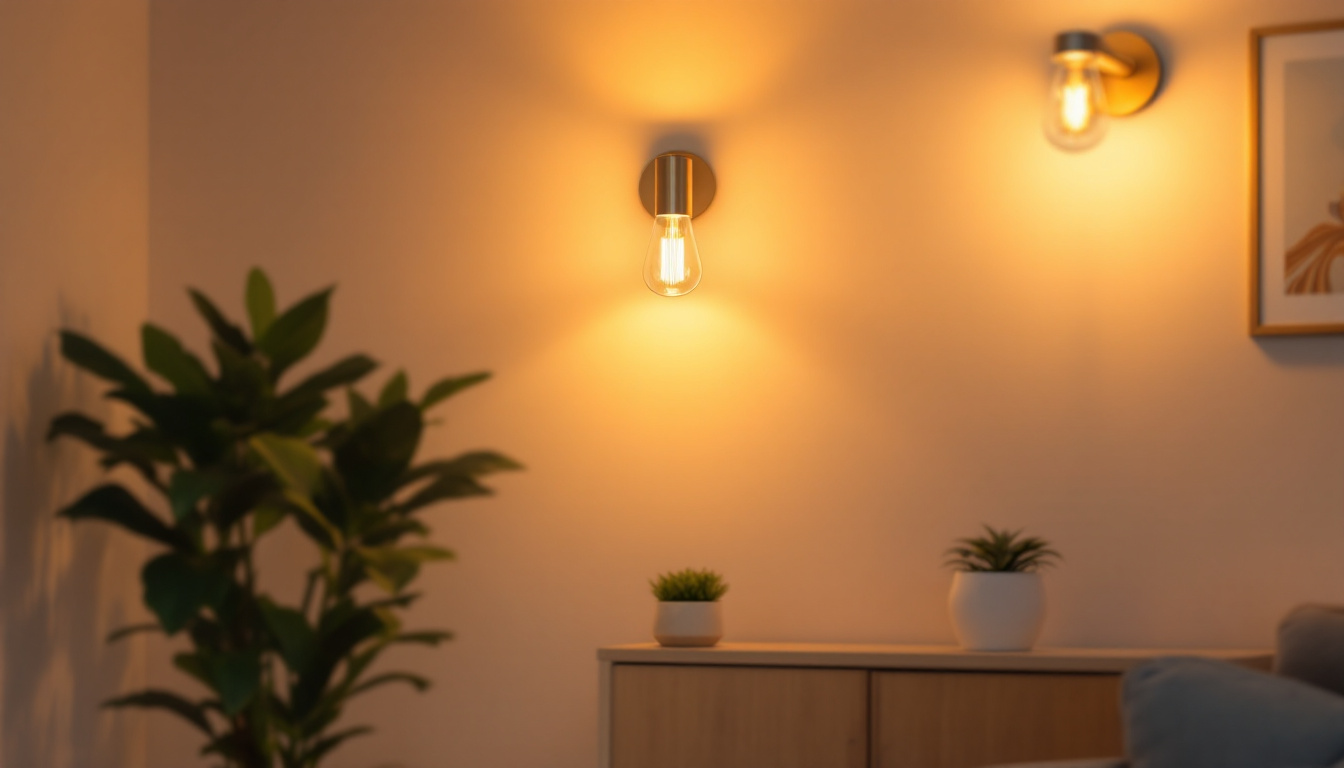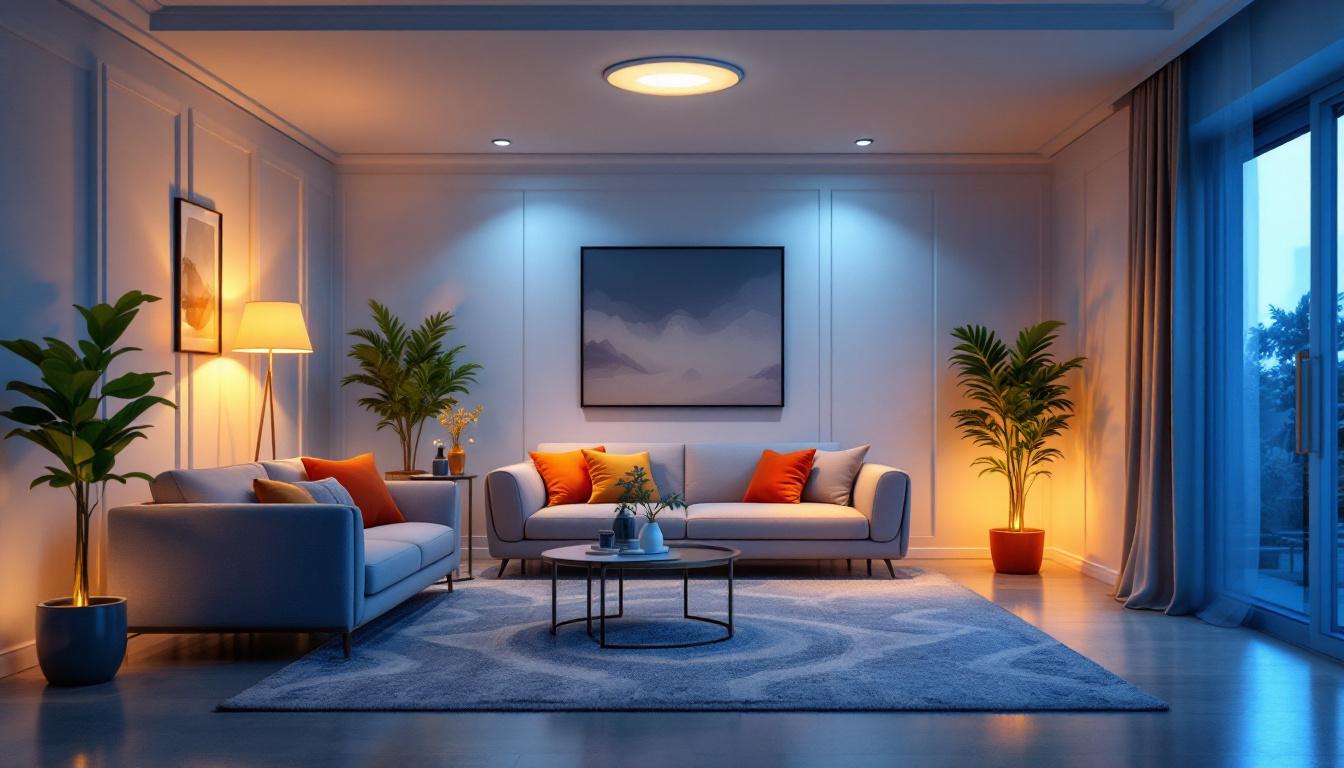
As the demand for modernized, energy-efficient lighting solutions continues to rise, renovation can lights have become a staple in many residential and commercial projects. For lighting contractors, understanding the intricacies of these fixtures is crucial for delivering quality results that meet client expectations. This article delves into essential facts about renovation can lights, covering their types, installation tips, and benefits, among other important aspects.
Renovation can lights, also known as recessed lights or downlights, are fixtures that are installed into the ceiling, providing a clean and unobtrusive lighting solution. Unlike traditional light fixtures that hang from the ceiling, can lights are designed to be flush with the ceiling surface, making them ideal for modern aesthetics. This seamless integration not only enhances the visual appeal of a room but also maximizes the use of space, making it feel more open and airy.
These fixtures come in various sizes, shapes, and styles, allowing for versatility in design and functionality. Whether used for general illumination, accent lighting, or task lighting, renovation can lights can enhance the ambiance of any space. Their ability to blend into the architecture means they can be used in a variety of settings, from cozy living rooms to sleek commercial spaces, creating a sophisticated atmosphere without overwhelming the design.
There are several types of renovation can lights available, each serving different purposes and fitting various design preferences. Understanding these options can help contractors make informed decisions for their projects. The choice of can lights can significantly impact the overall lighting quality and energy efficiency of a space, making it essential to consider factors such as the room’s function and the desired mood.
In addition to the various types of can lights, it’s important to consider the installation process and the tools required for a successful setup. Properly installed can lights can dramatically improve the functionality of a space, providing adequate illumination while maintaining a sleek look. Homeowners and contractors alike should also pay attention to the trim options available, as these can further customize the appearance of the lights and complement the overall design theme of the room.
Furthermore, the placement of can lights is crucial in achieving the desired lighting effect. A well-thought-out layout can eliminate dark spots and ensure even distribution of light throughout the area. For instance, in a kitchen, placing can lights above workspaces can enhance visibility for cooking and food preparation, while strategically positioned fixtures in a living room can create a warm and inviting atmosphere for relaxation and socializing. By understanding the nuances of renovation can lights, homeowners can make informed choices that elevate their living spaces while enhancing both functionality and style.
proper installation of renovation can lights is essential for both functionality and safety. Lighting contractors must be aware of several key considerations to ensure a successful installation.
Before installation, it is crucial to assess the ceiling structure. The space above the ceiling must accommodate the can light housing. In many cases, contractors may need to navigate insulation, ductwork, or plumbing, which can complicate the installation process.
Additionally, understanding the ceiling height is important. For optimal lighting, the placement of can lights should be spaced appropriately to avoid dark spots or overly bright areas. A common rule of thumb is to space the fixtures approximately 4 to 6 feet apart, depending on the wattage and beam angle of the bulbs used.
Electrical work is a critical aspect of installing renovation can lights. Contractors must ensure that the existing wiring can support the new fixtures, particularly if they are upgrading to LED options, which may have different voltage requirements.
It is also essential to adhere to local electrical codes and regulations. This includes ensuring that the fixtures are rated for the specific environment, such as damp or wet locations, and that they are properly grounded to prevent electrical hazards.
Renovation can lights offer numerous advantages that make them an appealing choice for both contractors and clients. Understanding these benefits can help in promoting their use in various projects.
One of the most significant advantages of renovation can lights, particularly LED models, is their energy efficiency. LED can lights consume significantly less energy than traditional incandescent bulbs, leading to lower electricity bills and a reduced carbon footprint.
Moreover, energy-efficient lighting solutions often qualify for rebates and incentives, making them an attractive option for cost-conscious clients. Contractors can leverage these savings in their proposals, enhancing the value of their services.
Renovation can lights provide exceptional design flexibility. They can be used in various settings, from residential homes to commercial spaces, and can be customized to fit any aesthetic. With options for different trim styles, colors, and finishes, contractors can easily match the lighting to the overall design theme of a space.
Furthermore, the ability to install can lights in various configurations allows for creative lighting designs. Whether creating a cozy atmosphere in a living room or providing bright task lighting in a kitchen, renovation can lights can be tailored to meet specific needs.
The trim and bulb selection for renovation can lights plays a crucial role in the overall effectiveness and appearance of the lighting. Contractors should be knowledgeable about the various options available to guide their clients effectively.
Trim refers to the decorative ring that surrounds the can light housing. There are several trim styles to choose from, including baffle, reflector, and adjustable trims. Each style offers different lighting effects and aesthetic qualities.
For instance, baffle trims are designed to reduce glare and create a softer light, making them ideal for living spaces. Reflector trims, on the other hand, provide a brighter, more focused light, which can be beneficial in task-oriented areas such as kitchens or offices. Adjustable trims allow for directional lighting, perfect for highlighting specific areas or features within a room.
The choice of bulb can significantly impact the quality of light produced by renovation can lights. LED bulbs are often the preferred choice due to their longevity and energy efficiency. They are available in various color temperatures, allowing contractors to select the right ambiance for each space.
When selecting bulbs, it is essential to consider the lumen output, which measures the brightness of the light. For general lighting, a higher lumen output is usually necessary, while accent lighting may require lower lumens for a subtler effect.
Even experienced lighting contractors can encounter challenges when working with renovation can lights. Being aware of common mistakes can help ensure a smoother installation process and a better final product.
One of the most frequent errors is improper spacing of can lights. Placing fixtures too close together can lead to excessive brightness in certain areas, while spacing them too far apart can result in dark spots. Contractors should always consider the size of the room and the wattage of the bulbs when determining spacing.
Utilizing a lighting layout plan can be beneficial in avoiding these pitfalls. This plan should outline the placement of each fixture based on the room’s dimensions and intended use.
Another common oversight is neglecting to incorporate dimming options. Dimming capabilities can enhance the versatility of renovation can lights, allowing clients to adjust the brightness based on their needs or mood. Contractors should discuss the benefits of dimmers with clients and recommend compatible products during the planning phase.
Additionally, ensuring that the selected dimmer switch is compatible with the type of bulbs used is crucial to prevent flickering or other performance issues.
Proper maintenance of renovation can lights is essential for ensuring their longevity and optimal performance. Contractors should educate clients on the best practices for maintaining their fixtures.
Dust and debris can accumulate on the surface of can lights, diminishing their brightness and overall effectiveness. Regular cleaning with a soft cloth can help maintain their appearance and performance. It is advisable to turn off the lights and allow them to cool before cleaning to prevent burns or damage.
For fixtures installed in high ceilings, consider recommending professional cleaning services to ensure safety and thoroughness.
As bulbs age, their brightness may diminish, necessitating replacement. Educating clients about the lifespan of their chosen bulbs can help them anticipate when replacements are needed. LED bulbs typically last longer than traditional options, but it is still important to monitor their performance.
Contractors should also provide guidance on the correct replacement bulbs to ensure compatibility with the existing fixtures.
Renovation can lights are a vital component of modern lighting design, offering versatility, energy efficiency, and aesthetic appeal. For lighting contractors, understanding the various types, installation considerations, and maintenance practices is essential for delivering high-quality results that meet client expectations.
By staying informed about the latest trends and technologies in can lighting, contractors can enhance their service offerings and remain competitive in the ever-evolving lighting industry. With the right knowledge and tools, renovation can lights can transform any space into a beautifully illuminated environment.
Ready to elevate your lighting projects with the best in renovation can lights? Look no further than LumenWholesale, where we provide contractors with high-quality, specification-grade lighting solutions at unbeatable wholesale prices. Our extensive selection is designed to meet the highest industry standards, ensuring you deliver reliable and high-performance lighting to every client. Plus, with free shipping on bulk orders, you can enjoy premium lighting solutions at the best value — all without hidden fees or compromises. Discover the perfect blend of quality, affordability, and convenience at LumenWholesale and light up your next project with confidence.

Discover how warehouse LED light fixtures can revolutionize your lighting projects by boosting efficiency and reducing costs.

Discover everything lighting contractors need to know about electrical ballasts in this comprehensive guide.

Discover how recessed lighting 4 or 6 inch options can enhance your projects—boost efficiency, aesthetics, and value.

Discover how LED outdoor flood lights can significantly boost safety in your lighting installations.